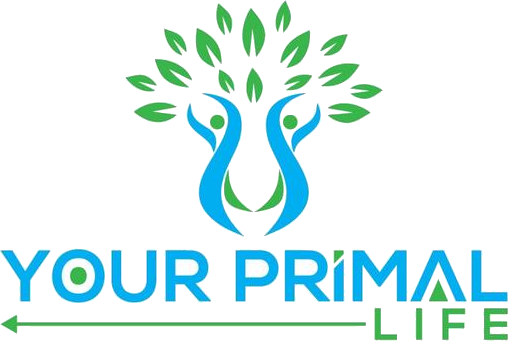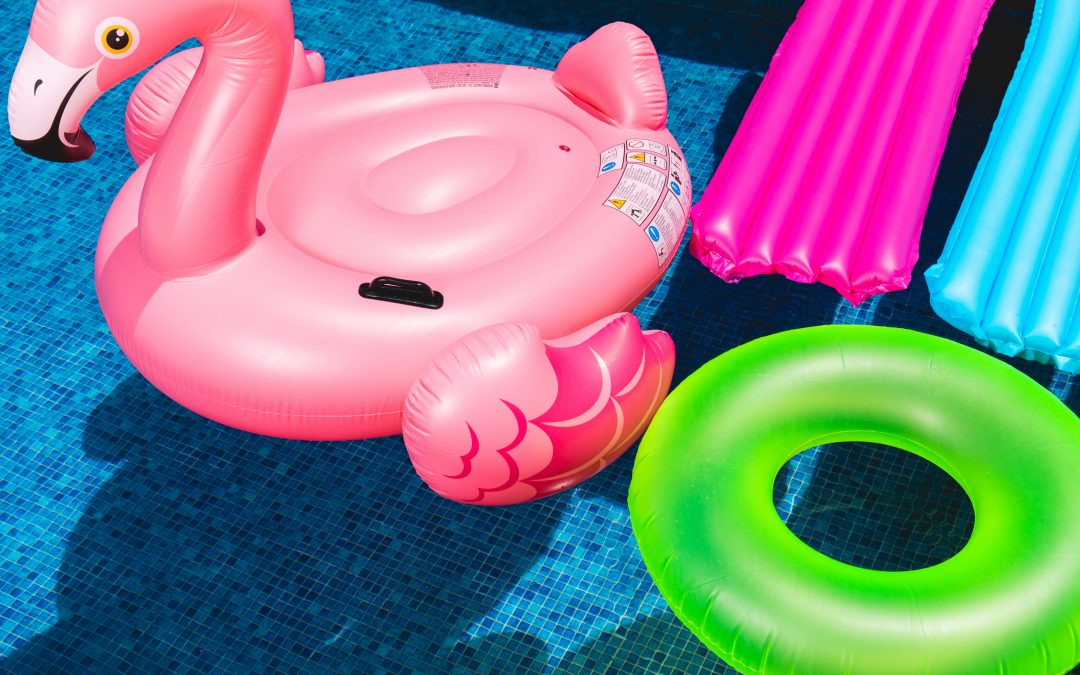Summer’s here and we’re spending more time outside! I love the feel of the sun on my skin. I love to be outside, walking, sprinting, kayaking, paddle-boarding, or just sitting on a beach. Based on the many social media pictures I’m seeing, I know I’m not alone in this!
But is it safe to pursue this love? The sun has been vilified for an awfully long time. Rightfully so… when abused. I’m guilty of this abuse and have the sunspots to prove it. But many of us have forgotten that it’s also a critical component to health and longevity. The sun is good for you, life-giving. It’s crucial for bone health, improves sleep, boosts immunity, promotes eye health, lowers blood pressure, and improves mood and overall well-being. Sadly, as we spend much of our time indoors, connecting with nature and breathing fresh air has become foreign to us.
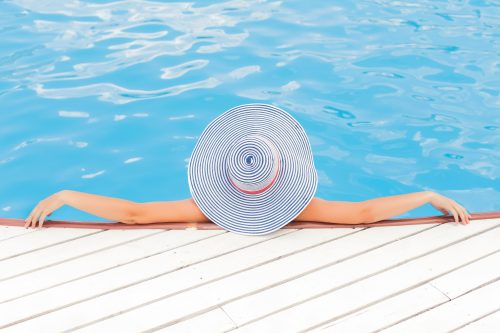
Consider this. Regular moderate sun exposure is not linked to cancer. This may be news to you. However, lack of vitamin D is linked to many, many avoidable conditions. According to the National Center for Biotechnology Information, https://www.ncbi.nlm.nih.gov/pmc/articles/PMC3068797/, “Over a billion people worldwide are vitamin D deficient or insufficient.” Don’t let this be you!
Sun exposure is by far the best method of obtaining healthy levels of vitamin D. A 10–30-minute sun exposure session can result in 10,000 IU of vitamin D, which is nearly impossible to achieve with diet. Expose large skin surfaces to the point of getting slightly pink, not burned. Feel free to cover your face, hands, and neck if you already have damage or want to protect those areas. The darker your skin, the more time you need in the sun. I go deeper into it here: Vitamin D – Is Your Family’s Level Optimized?
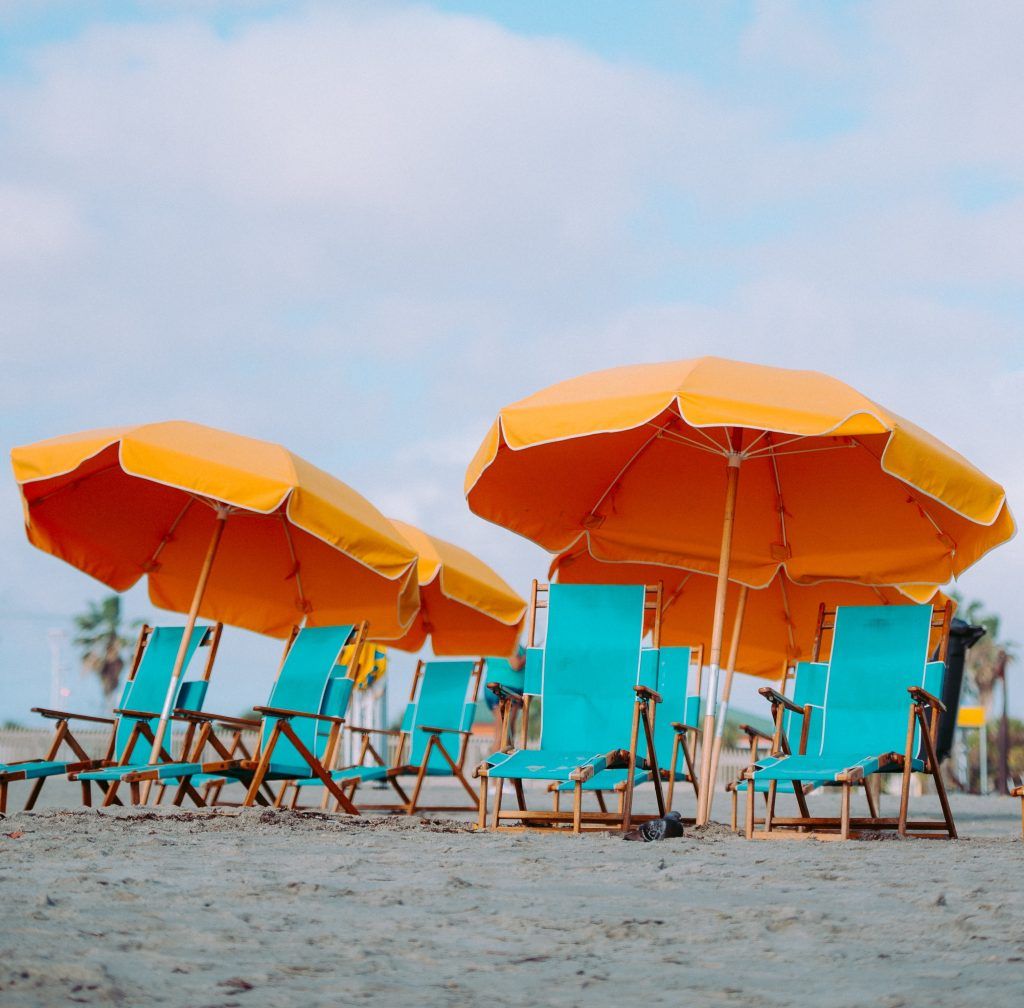
The question is, how do you optimize your vitamin D while protecting your skin from sun damage? Here are my 4 tips to do it as safely as possible:
- If you plan to be in the sun for a longer period, whether working or playing, protect yourself with physical barriers such as hats, clothes, and umbrellas.
- Use a non-toxic sunscreen that doesn’t have chemicals such as Oxybenzone, Homosalate, and Octinoxate that can be harmful to your health. These and many other sunscreen chemicals can cause irritation, allergies, endocrine disruption, or even cancer. I like to make my own, so I know exactly what’s in it. But most people don’t like to, and homemade versions will inherently have variabilities.
- There are plenty of good sunscreens to choose from, but how do you know which one to buy? I recommend using the Sun Safety Guide from the Environmental Working Group, https://www.ewg.org/sunscreen/. They list unsafe ingredients as well as recommendations on how to pick a good sunscreen. They also caution against high SPF sunscreens, sprays, powders, and wipes.
- And saving the best for last… introducing my newest product, Non-Nano Zinc Oxide Tallow Sunscreen. It’s all natural, reef safe, and nourishing for your skin. The high-quality grass-fed tallow is moisturizing and absorbs quickly without a greasy feel. The Zinc Oxide scatters UV rays to provide sun protection. And it’s good for all skin types. Win, win!
Keep this in mind from EWG as well: “The SPF is primarily a measure of protection against UVB rays, not a measure of how long you should stay out in the sun.” Again, physical barriers are best.
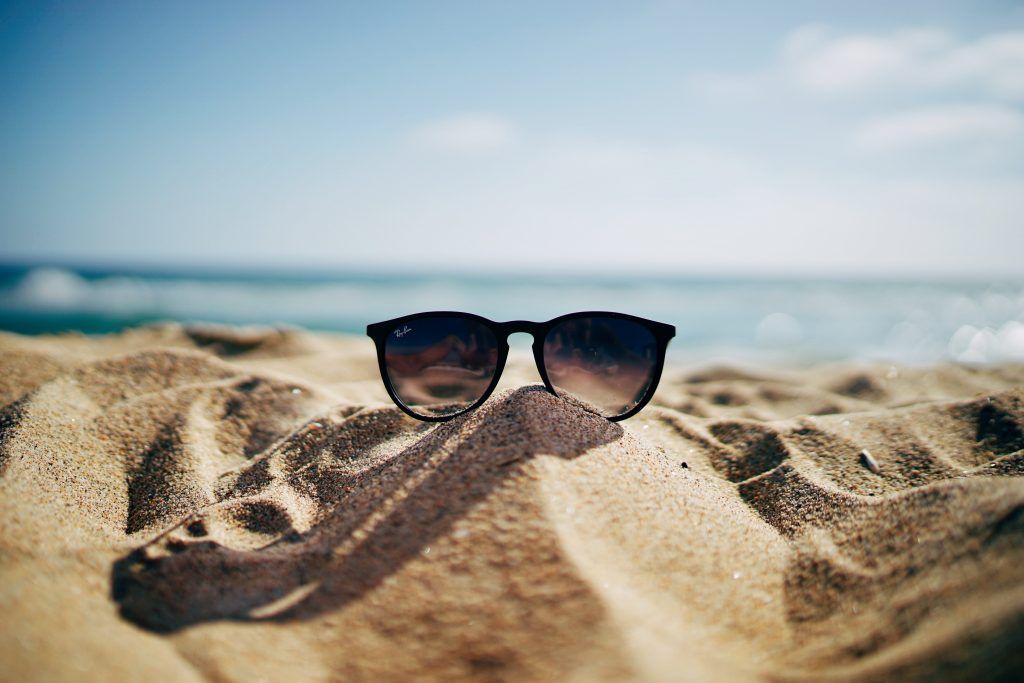
Enjoy the sun responsibly. Reapply sunscreen often when spending long periods of time in the sun, being careful not to let it give you a false sense of security. Seek shade as often as you can. Have a happy and safe summer!
Questions, shares, and comments are welcomed.
In Health,
Coach Nanette
